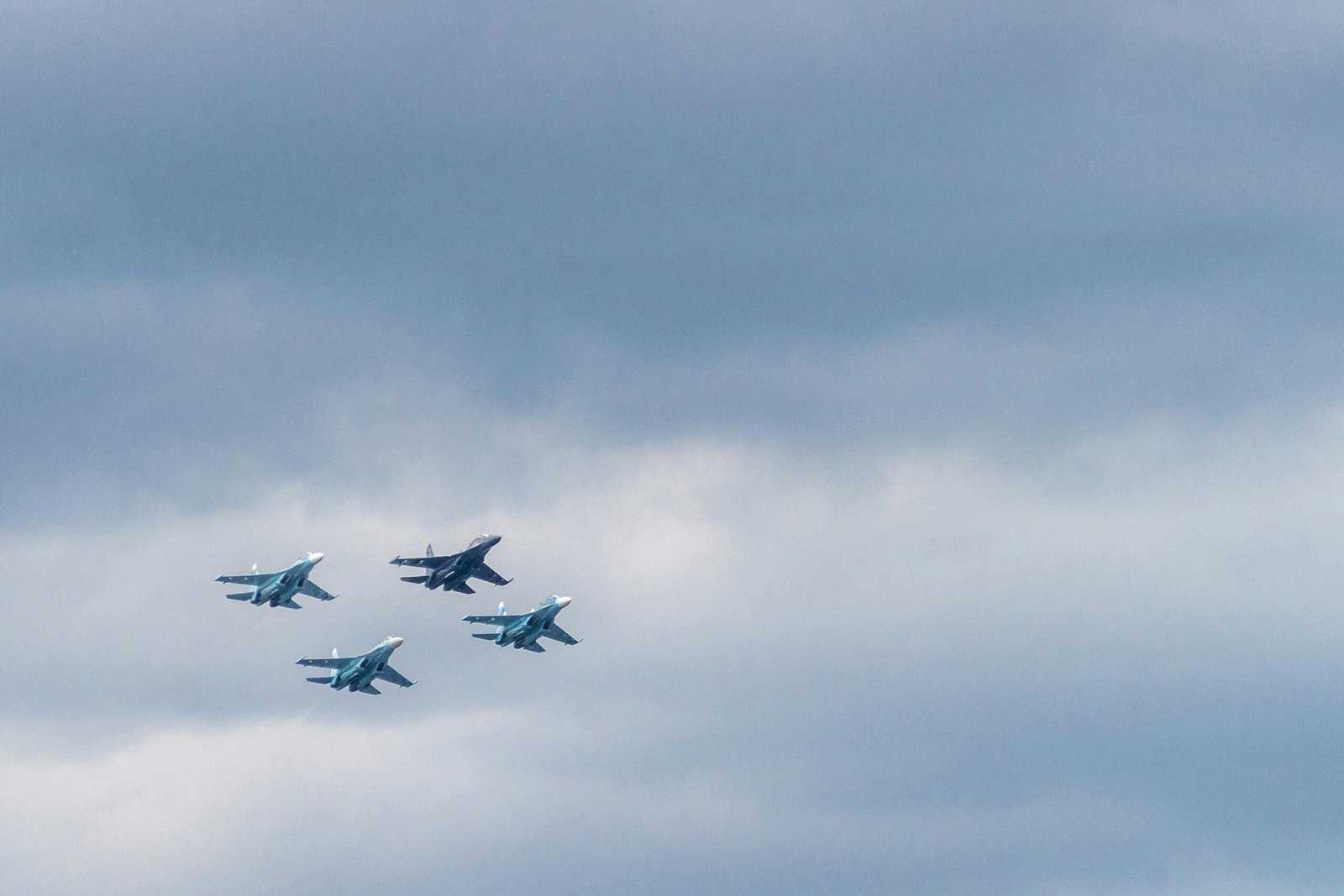Introduction
When we talk about military aviation, both Israel and Pakistan boast impressive capabilities with their fighter jets. This blog post aims to provide an overview of the fighter jet prowess of these two nations, comparing their technological advancements and strategic strengths.
Aircraft Technologies
Israel’s Air Force is known for its advanced technology, primarily relying on the American-made F-35 Lightning II and F-16 Fighting Falcon. These jets are equipped with advanced avionics, stealth technology, and superior weaponry systems, enabling them to perform various missions effectively.
On the other hand, Pakistan depends mainly on the JF-17 Thunder, developed in collaboration with China, and the F-16 Fighting Falcon. The JF-17 is a versatile aircraft known for its cost-effectiveness, agility, and modern avionics systems, making it a competitive choice for Pakistan’s air force.
Combat Effectiveness
Both nations have continually upgraded their fighter jet fleets to maintain combat readiness. The Israeli Air Force has a reputation for rigorous training programs, which enhances the effectiveness of their technologically advanced jets. This training, combined with high-end aircraft, makes Israel’s air force a formidable entity.
Similarly, Pakistan has a strong focus on tactical proficiency and continuous improvement of their fighter jet capabilities. Their joint ventures with China, particularly the JF-17 project, have bolstered their aerial combat strength considerably. The F-16s in their fleet further enhance their tactical operational abilities.
Strategic Impact
The strategic impact of having advanced fighter jets is significant for both Israel and Pakistan. Israel, surrounded by various geopolitical challenges, relies heavily on its air force’s advanced technology for defense and deterrence. Fighter jets play a crucial role in their national security strategy.
In contrast, Pakistan’s strategic requirements include maintaining a balance of power in the region, especially with neighboring India. Advanced fighter jets help Pakistan project power and secure its airspace, playing an essential role in national defense and regional stability.
Conclusion
In conclusion, both Israel and Pakistan possess advanced fighter jets that cater to their respective strategic needs. While Israel leverages American technology for superior performance, Pakistan benefits from a mix of locally developed and American-made aircraft to ensure its aerial combat readiness. The continuous evolution and modernization of these air forces reflect their commitment to maintaining air superiority in their regions.




